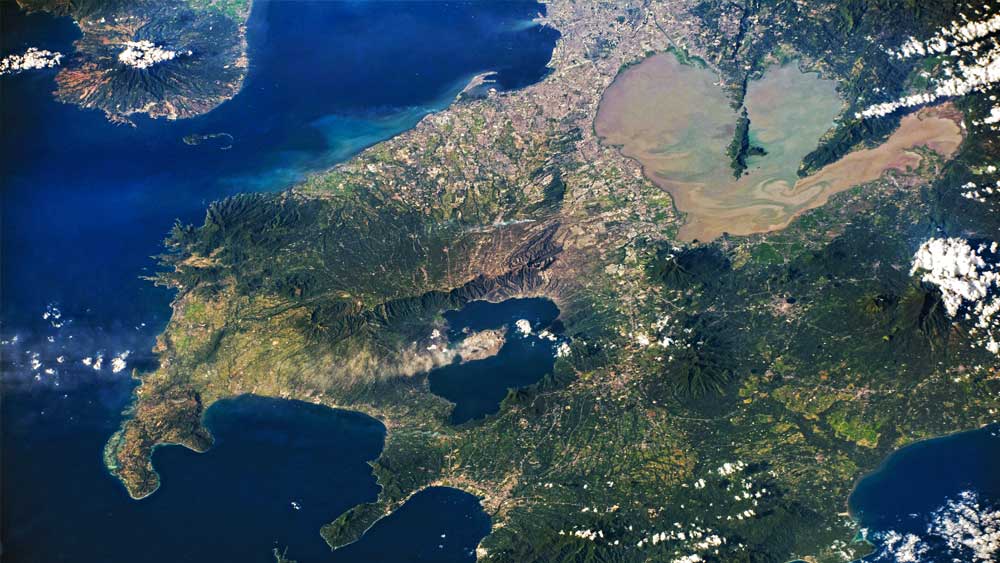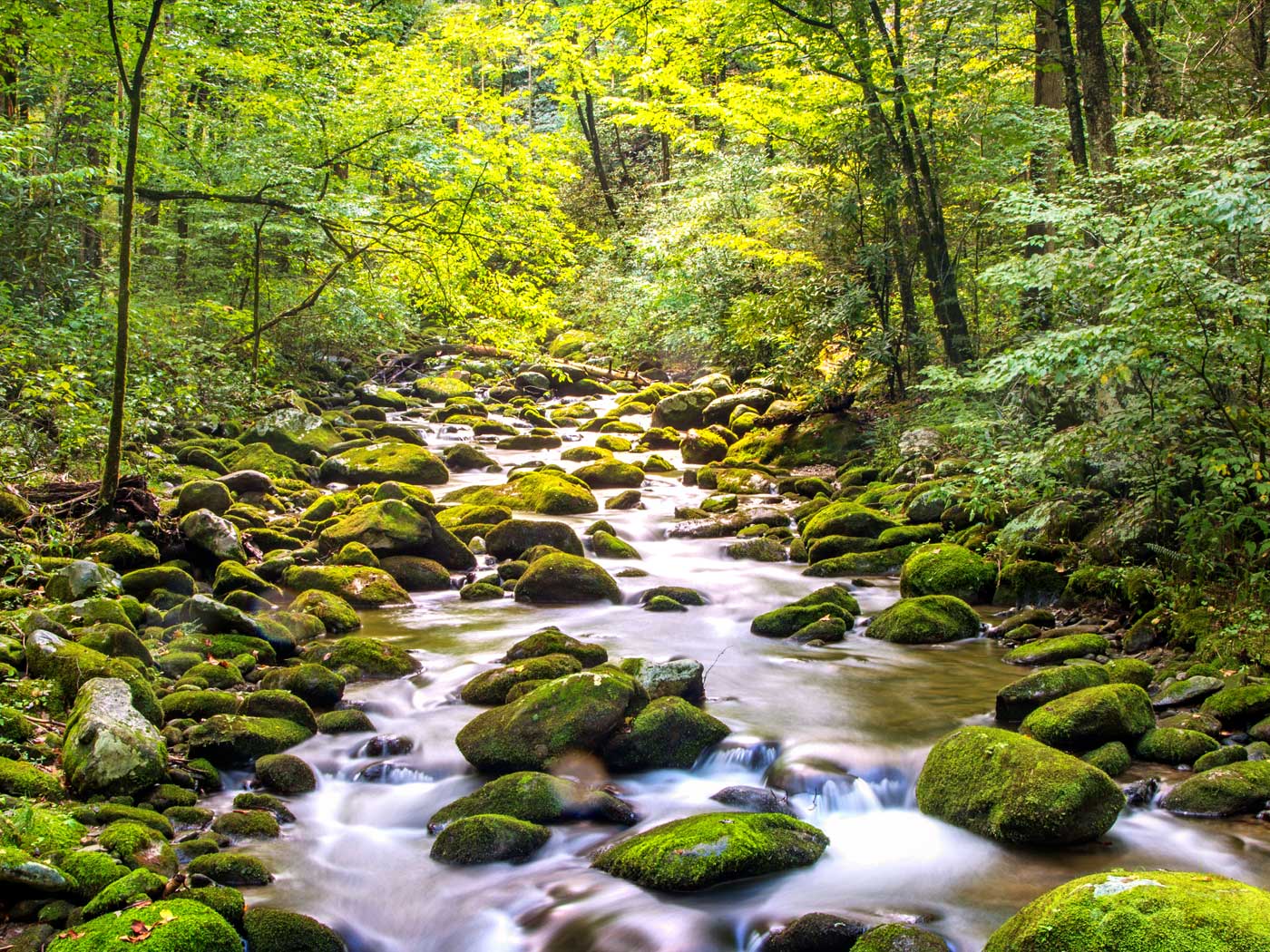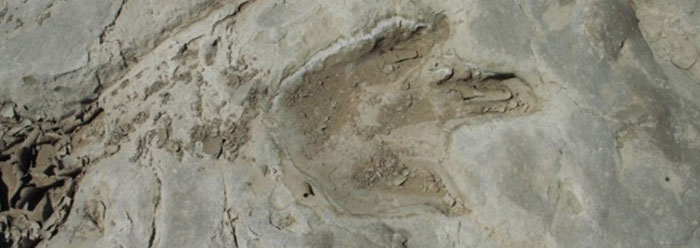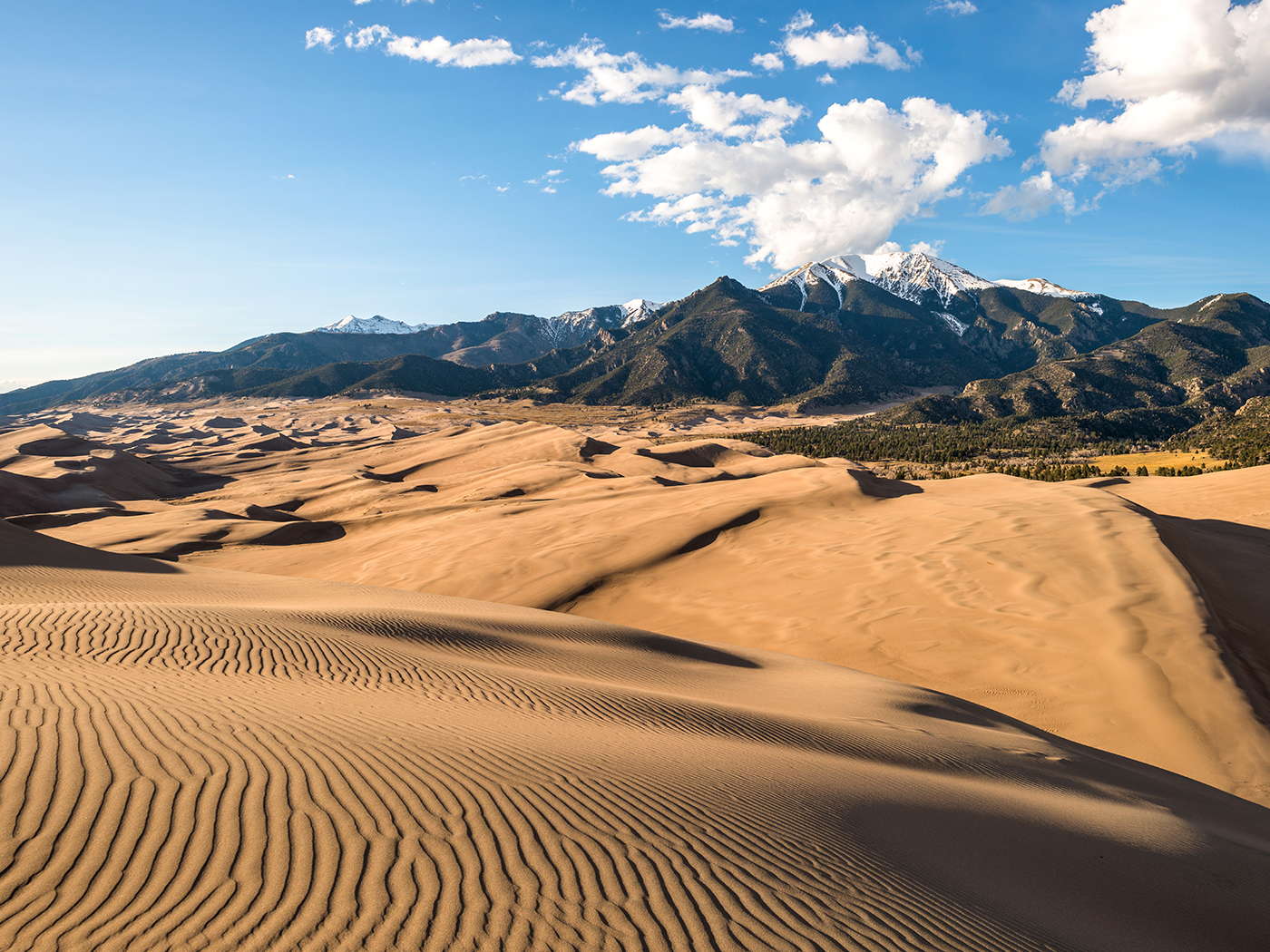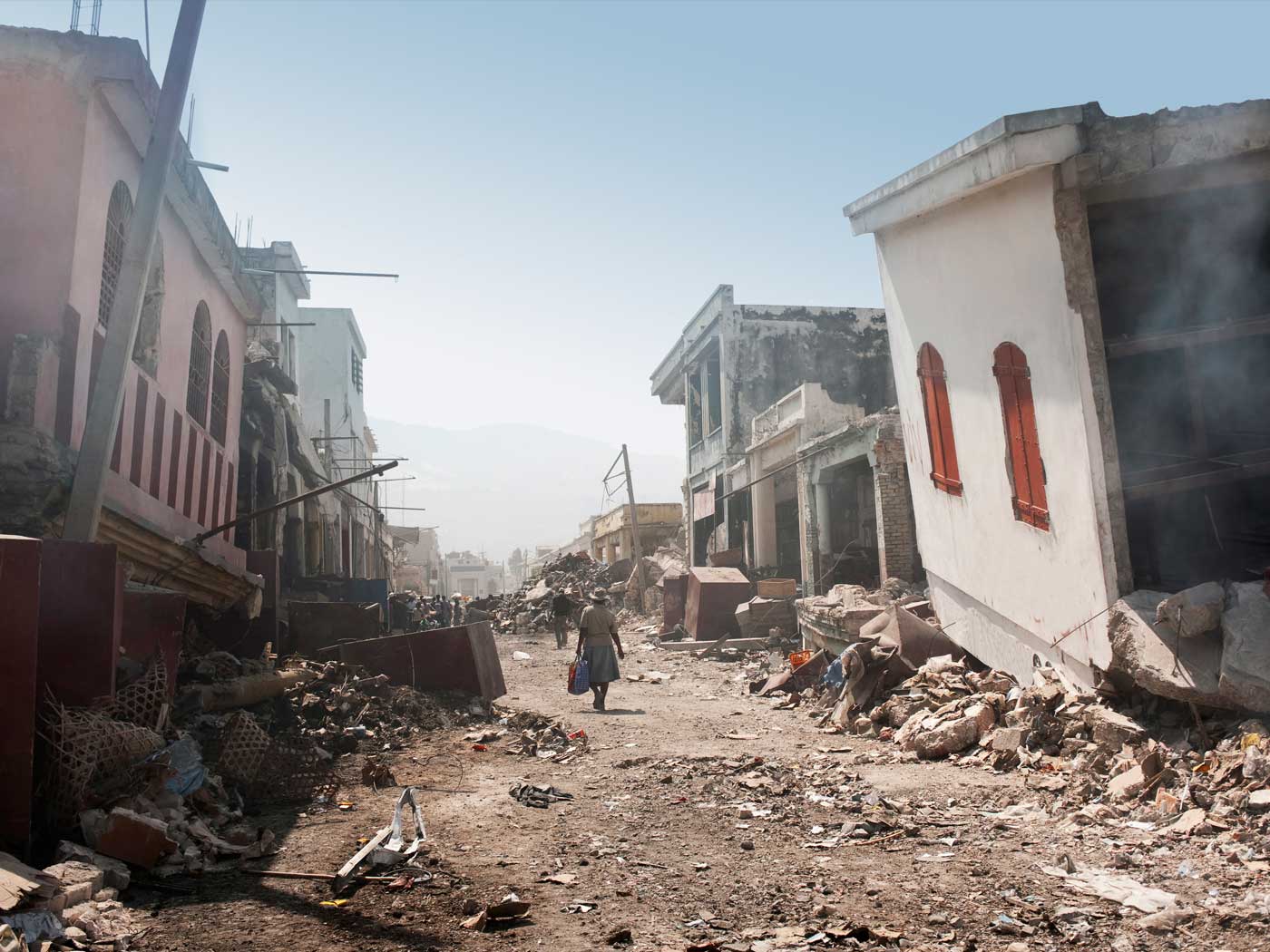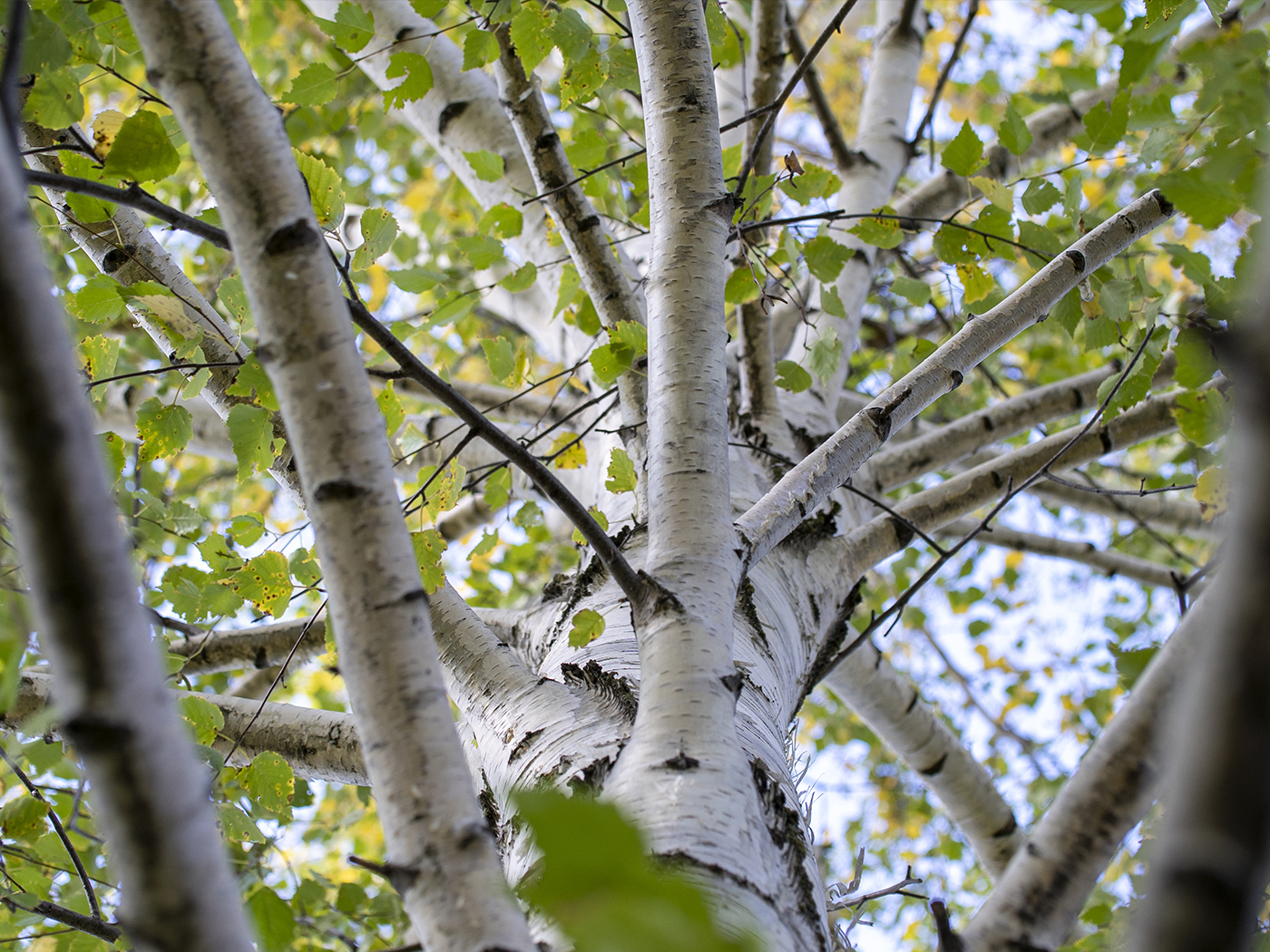Recent evidence from the Philippines indicates it takes a lot less time than previously believed. It may take as little as a few weeks or maybe just a few months.
On January 12, 2020, Taal Volcano in the Philippines erupted after 43 years of dormancy. Its ash spread over 60 miles north of the volcano, causing 40,000 people to be evacuated. Over 6,000 people who refused to leave their homes died.1
NASA scientists had before and after images of Taal Volcano. They found some dramatic changes in the December 6, 2019, image and the March 11, 2020, image.1 And when they examined the ash on the ground, they found some other surprising results.
Scientists noted that, following the eruption, rainfall wet the freshly fallen ash and transformed it into a mud-like texture that soon hardened it into something like cement.1
Denison University volcanologist Erik Klemetti said, “Most of the ash that fell within the caldera is in the process of getting concentrated into gullies and streams or deposited into the lake.”1 Stacy Liberatore at the Daily Mail reported,
NASA explains ash not blown or washed away became wet following the months after the eruption, which turned into a mud-like texture and hardened into something similar to cement—trapping it on the island.1
Scientists have already discovered rapidly-forming natural cement in other places. A company called CarbFix has been working with the Hellisheidi Power station near Reykjavik, Iceland, to conduct carbon capture experiments.2 They found that sedimentary rock, like limestone, can also form quickly.2 CarbFix Plant Manager Dr. Edda Sif Aradottir explains,
The process starts with the capture of waste CO2 from the steam [of the hydrothermal plant], which is then dissolved into large volumes of water. We use a giant soda-machine. Essentially what happens here is similar to the process in your kitchen, when you are making yourself some sparkling water: we add fiz to the water.2
Then the carbonated water is transferred to a deep well injection site about a mile away and pumped into the local rocks at depths of about 3,200 feet down.2
The local rock in Iceland is a volcanic rock called basalt, one of the most common rocks on Earth. Basalt that cools near the surface often contains a high percentage of rounded holes caused by gas bubbles in the cooling magma. The result is a fairly porous rock that resembles Swiss cheese. As the injected CO2-rich water percolates through the holes in the basalt, it dissolves some of the calcium and magnesium from the basalt and precipitates minerals that make limestone.
A little over a year after starting the CO2 injection, CarbFix drilled down and cored the surrounding rock near their injection well. What they found surprised them. The basalt rock was speckled with white minerals. Nearly all of the holes were filled with carbonate minerals.
The amazing thing is how fast this process took. Sigurdur Gislason of the University of Iceland explains,
Before the injection started in CarbFix, the consensus within the [secular] scientific community was that it would take decades to thousands of years for the injected CO2 to mineralise. Then we found out that it was already mineralised after 400 days.2
Uniformitarian beliefs fail again. Rocks don’t take thousands or millions of years to form. The process simply requires the right conditions. These two studies show that rock does form quickly, easily within the timeframe of the global Flood described in Genesis. Thousands or millions of years are not necessary. The present study reminds us that secular notions of deep time are not based on observation, but assumption.1
References
1. Liberatore, S. 2020. Incredible NASA images reveals ash damage from the Philippines’ Taal Volcano eruption that transformed the tropical terrain into ‘the moon’s surface.’ DailyMail. Posted on dailymail.co.uk March 18, 2020, accessed March 25, 2020.
2. Perasso, V. 2018. Turning carbon dioxide into rock—forever. BBC News. Posted on bbc.com May 18, 2018, accessed March 25, 2020.
Stage image: NASA image of Taal Volcano after the eruption in January.
Stage image credit: NASA. Copyright © 2020. Adapted for use in accordance with federal copyright (fair use doctrine) law. Usage by ICR does not imply endorsement of copyright holder.
*Dr. Clarey is Research Associate at the Institute for Creation Research and earned a Ph.D. in geology from Western Michigan University.




